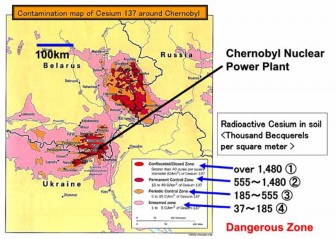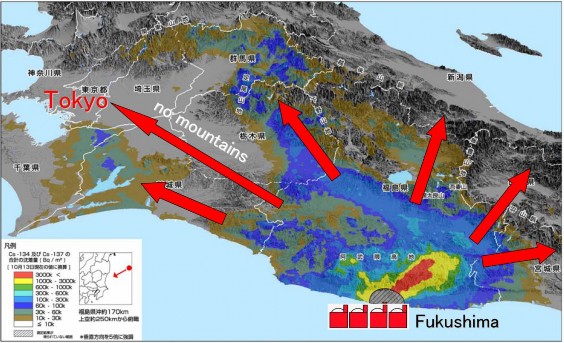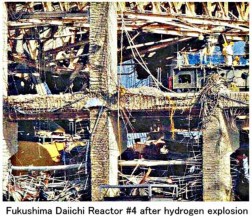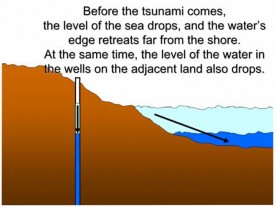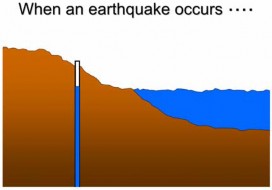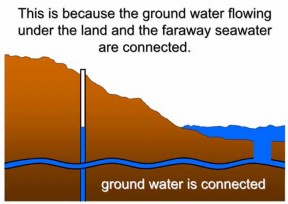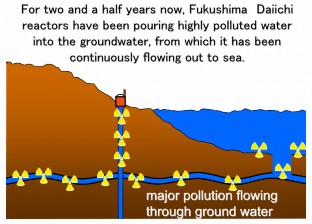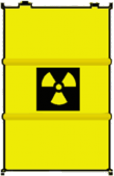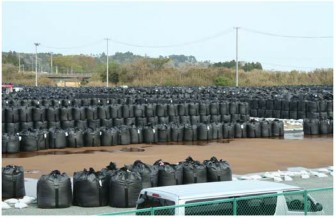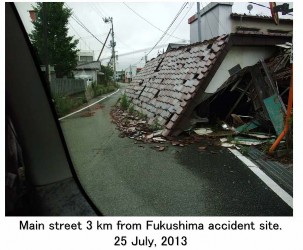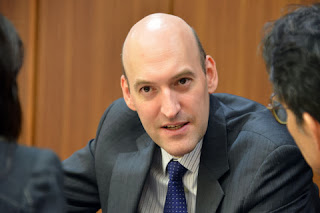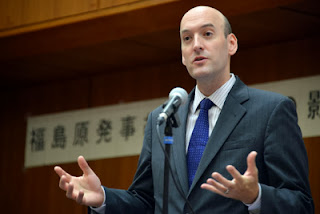I said that “Bureaucrats are hopelessly
idiots though they were always best students in class” more than 15 years ago
when I started lecture activities. I
believe you completely agree with me now because their true character has been
shown since 3/11. I’d like to give you a
piece of advice. Please raise your children with affectionately holding them
so that they may not become such fools in the future.
Masatoshi
Takeshita
September
28, 2013
(1) “Reconstruction is
unnecessary” verbal abuse of top-level bureaucrat on his blog makes him
two-month suspension from office
Outrageous verbal abuse
of a top-level bureaucrat of the Ministry of Economy, Trade and Industry (METI)
has caused sensation on the Internet. A male bureaucrat (51) who is on temporary assignment
at an extra-governmental organization posted the following
anonymously.
<Originally almost destroyed
depopulated area in the Tohoku region with deeply-indented coastlines> <I
think politicians who don’t say the right thing that reconstruction is
unnecessary should die.> -
This top-level bureaucrat posted this
article two years ago, in September 2011. This post has been widely rumored for a few days.
His real name was put on in a message board, and this article has been continuously reprinted. It has become a “festival.”
The bureaucrat reportedly explains that “I
wrote my personal opinion.” In July
2011, he also wrote that “I’ll do my best for three more years until I can get
a cushy job after retirement,” which suggests the appointment of a governmental
official to a high position in a private company after retirement.
The METI, which listened to the bureaucrat’s explanation about what he wrote,
placed him on two-month suspension.
Councilor for Reconstruction Agency Yasuhisa
Mizuno, who had repeatedly written “verbal abuses” on Twitter, was forced out
of the government in June this year.
----------
(2) “Shut up” remark of ambassador makes him resign
Hideaki Ueda, who made a
remark “Shut up” at a U.N. Committee against Torture and was reprimanded by the
Foreign Ministry, resigned as Japan’s Human Right Ambassador on 20, the Foreign Ministry said on the same day. He will be replaced by Mr. Satoji who
concurrently serves as spokesman for foreign affairs.
When Mr. Ueda was explaining about Japan’s
judicial system at a meeting in Geneva of the Committee, he heard giggling over
his statement and shouted “shut up.”
Later the Ministry of Foreign Ministry orally reprimanded the ambassador
for his inappropriate remark on a formal occasion.
